Folk Figures, Lucie On The Left, Barbora On The Right (From The Ethnographic Museum In Prague)

Folk figures, Lucie on the left, Barbora on the right (From the Ethnographic Museum in Prague)
More Posts from Sigilheart and Others

In Gurdjieff’s cosmology, The Universe is represented by the symbol of the Enneagram. The Enneagram itself is composed of three symbols
Russell A. Smith, Gurdjieff: Cosmic Secrets
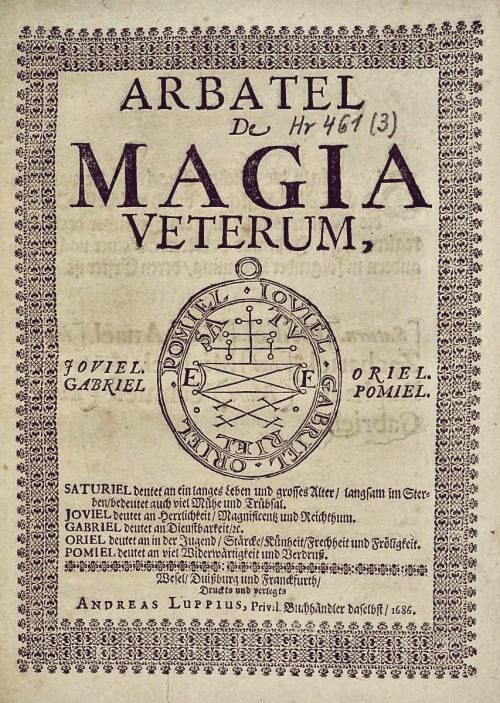
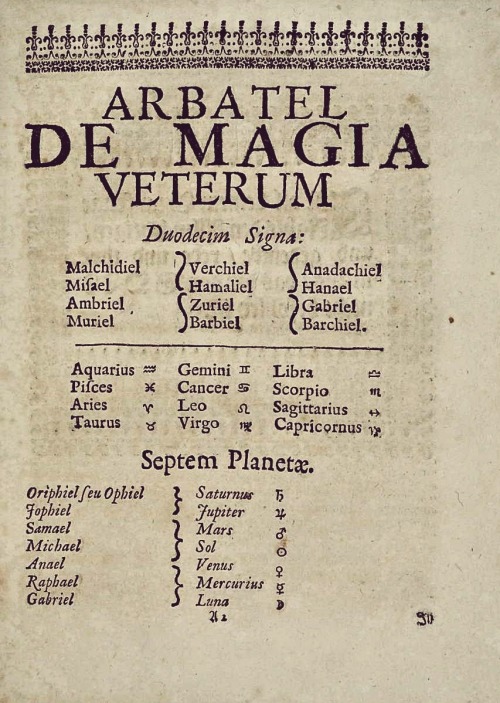

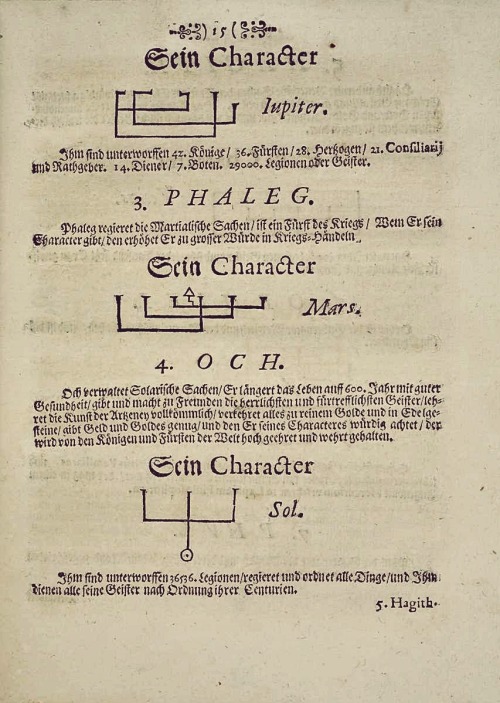
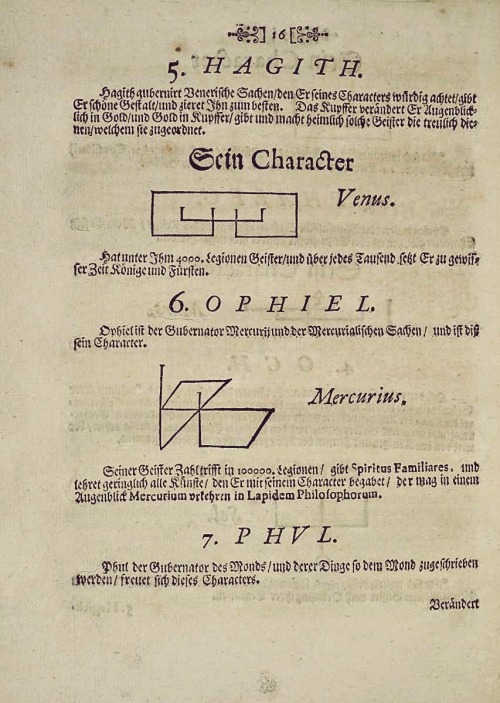
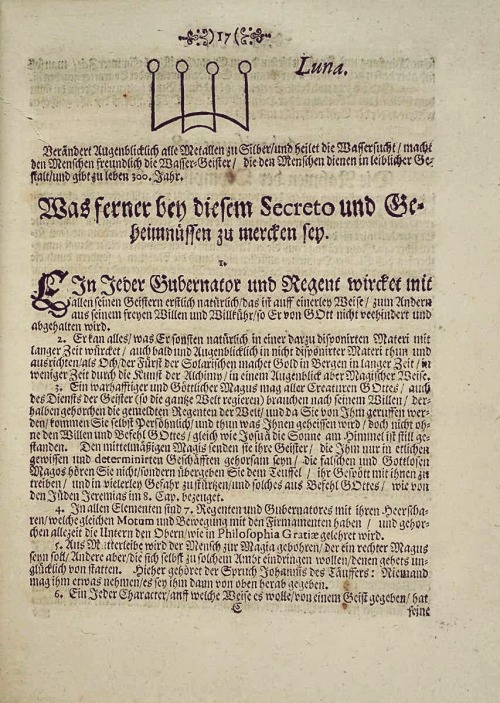
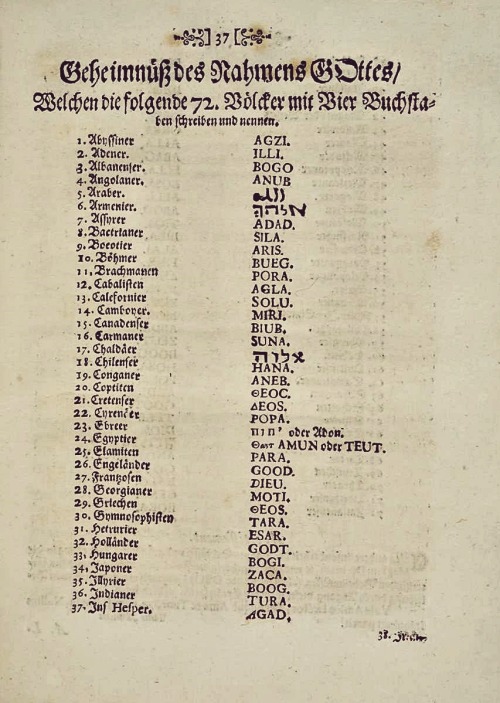
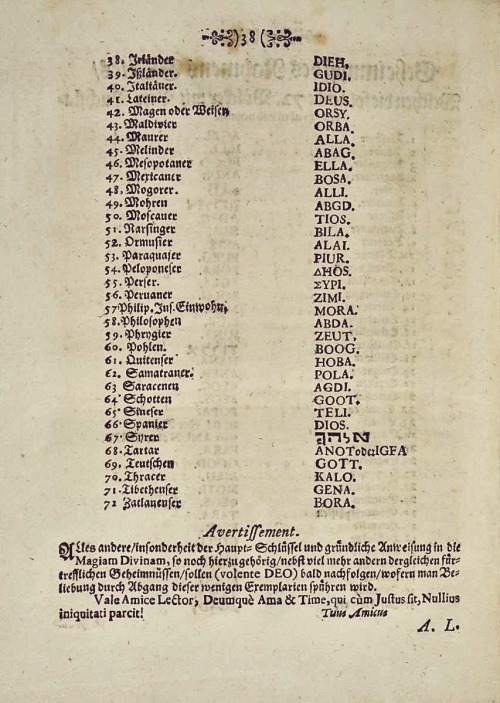
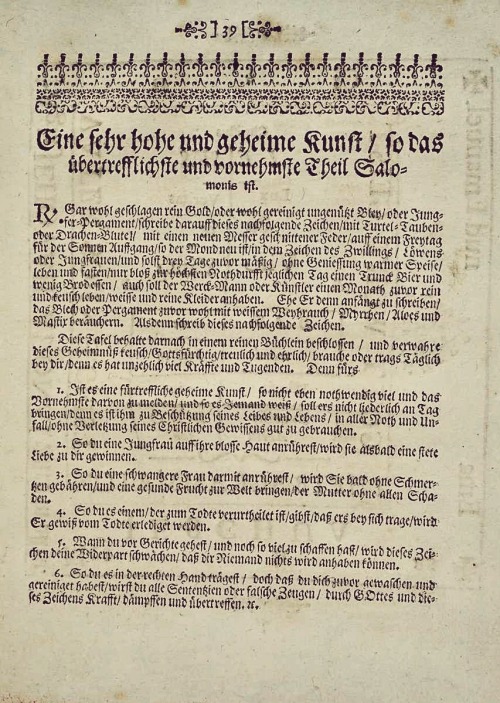
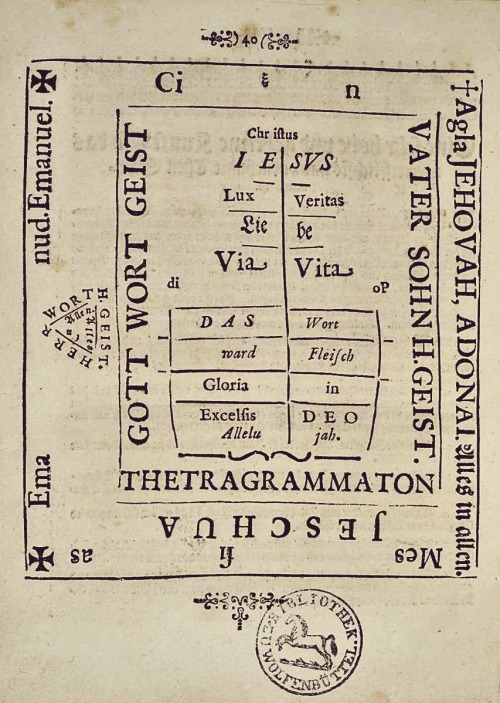
The Arbatel De Magia Veterum (Arbatel: On the Magic of the Ancients) is a grimoire of ceremonial magic that was published in 1575 in Switzerland. It was likely edited by Theodor Zwinger, and published by Pietro Perna. The actual author of the text remains unknown, but scholars suggest Jacques Gohory as a possible candidate.
The Arbatel mainly focuses on the relationship between humanity, celestial hierarchies, and the positive relationship between the two. The Olympian spirits featured in it are entirely unique to this grimoire. Unlike other grimoires, the Arbatel exhorts the magus to remain active in their community (instead of isolating themselves), favoring kindness, charity, and honesty over remote and obscure rituals. The teachings of Swiss alchemist Paracelsus greatly influenced the writing of this work, though it is also deeply rooted in classical culture, Ancient Greek philosophy, the Sibylline oracles and the philosophy of Plotinus.
Originally written in Latin, these selected ten pages come from a later German translation of the work, dated to 1686.

A stone marker at a holy site dedicated to the dual lunar cult of Tanit and Astarte; Phoenician night goddesses worshipped from the Bronze Age through classical antiquity, alongside their horned consort Ba'al Hammon, “Lord of Braziers”, classically associated with Saturn.
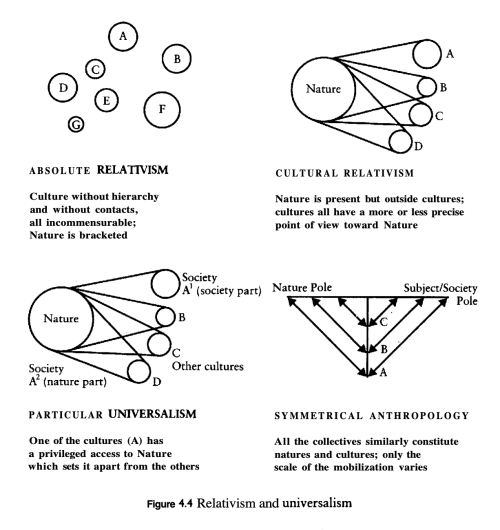
The very notion of culture is an artifact created by bracketing Nature off. Cultures — different or universal — do not exist, any more than Nature does. There are only natures-cultures, and these offer the only possible basis for comparison. As soon as we take practices of mediation as well as practices of purification into account, we discover that the moderns do not separate humans from nonhumans any more than the totally superimpose signs and things.
[…] Absolute relativism presupposes cultures that are separate and incommensurable and cannot be ordered in any hierarchy; there is no use talking about it, since it brackets off Nature. As for cultural relativism, which is more subtle, Nature comes into play, but in order to exist it does not presuppose any scientific work, any society, any construction, any mobilization, any network.
—Bruno Latour, We Have Never Been Modern
-
 pharsalias reblogged this · 1 week ago
pharsalias reblogged this · 1 week ago -
 lunaria-serenitatis reblogged this · 1 week ago
lunaria-serenitatis reblogged this · 1 week ago -
 costumesandclothing reblogged this · 1 week ago
costumesandclothing reblogged this · 1 week ago -
 lighthouseweeper liked this · 1 week ago
lighthouseweeper liked this · 1 week ago -
 bisexualtrashpanda reblogged this · 1 week ago
bisexualtrashpanda reblogged this · 1 week ago -
 bisexualtrashpanda liked this · 1 week ago
bisexualtrashpanda liked this · 1 week ago -
 leforetenchante liked this · 1 week ago
leforetenchante liked this · 1 week ago -
 tokaiju liked this · 1 week ago
tokaiju liked this · 1 week ago -
 fairywithoutatale liked this · 1 week ago
fairywithoutatale liked this · 1 week ago -
 wtxob liked this · 1 week ago
wtxob liked this · 1 week ago -
 wateringbodies liked this · 1 week ago
wateringbodies liked this · 1 week ago -
 thelastlightningbug liked this · 1 week ago
thelastlightningbug liked this · 1 week ago -
 satans-suga-baby liked this · 1 week ago
satans-suga-baby liked this · 1 week ago -
 tinnycrow reblogged this · 1 week ago
tinnycrow reblogged this · 1 week ago -
 monochromelcd reblogged this · 1 week ago
monochromelcd reblogged this · 1 week ago -
 earths-way-of-laughing liked this · 1 week ago
earths-way-of-laughing liked this · 1 week ago -
 nuttychopshopchaos liked this · 1 week ago
nuttychopshopchaos liked this · 1 week ago -
 butchweird liked this · 1 week ago
butchweird liked this · 1 week ago -
 greekies liked this · 1 week ago
greekies liked this · 1 week ago -
 rainwrapped reblogged this · 1 week ago
rainwrapped reblogged this · 1 week ago -
 mcberto liked this · 1 week ago
mcberto liked this · 1 week ago -
 esins reblogged this · 1 week ago
esins reblogged this · 1 week ago -
 esins liked this · 1 week ago
esins liked this · 1 week ago -
 yikesforever reblogged this · 1 week ago
yikesforever reblogged this · 1 week ago -
 nicenight reblogged this · 1 week ago
nicenight reblogged this · 1 week ago -
 angelgraveyards reblogged this · 1 week ago
angelgraveyards reblogged this · 1 week ago -
 redp4nda liked this · 1 week ago
redp4nda liked this · 1 week ago -
 slipknotic reblogged this · 2 weeks ago
slipknotic reblogged this · 2 weeks ago -
 cosmogenous2 liked this · 2 weeks ago
cosmogenous2 liked this · 2 weeks ago -
 stillmissing liked this · 2 weeks ago
stillmissing liked this · 2 weeks ago -
 bunnymonk liked this · 2 weeks ago
bunnymonk liked this · 2 weeks ago -
 clamcastle liked this · 2 weeks ago
clamcastle liked this · 2 weeks ago -
 berry-j4m liked this · 2 weeks ago
berry-j4m liked this · 2 weeks ago -
 ghostlament liked this · 2 weeks ago
ghostlament liked this · 2 weeks ago -
 dreamingmantis liked this · 2 weeks ago
dreamingmantis liked this · 2 weeks ago -
 seraphinesaintclair reblogged this · 2 weeks ago
seraphinesaintclair reblogged this · 2 weeks ago -
 iby-dysphoria-queen reblogged this · 2 weeks ago
iby-dysphoria-queen reblogged this · 2 weeks ago -
 iby-dysphoria-queen liked this · 2 weeks ago
iby-dysphoria-queen liked this · 2 weeks ago -
 mysting reblogged this · 2 weeks ago
mysting reblogged this · 2 weeks ago -
 chaoticwitchery reblogged this · 2 weeks ago
chaoticwitchery reblogged this · 2 weeks ago -
 firstreactionsafterfalling reblogged this · 2 weeks ago
firstreactionsafterfalling reblogged this · 2 weeks ago -
 boom-clap-clap liked this · 3 weeks ago
boom-clap-clap liked this · 3 weeks ago -
 sarah-sol liked this · 3 weeks ago
sarah-sol liked this · 3 weeks ago -
 tired-blonde reblogged this · 3 weeks ago
tired-blonde reblogged this · 3 weeks ago -
 virginxveins reblogged this · 3 weeks ago
virginxveins reblogged this · 3 weeks ago -
 lixiawinter liked this · 3 weeks ago
lixiawinter liked this · 3 weeks ago -
 148x19o reblogged this · 3 weeks ago
148x19o reblogged this · 3 weeks ago -
 brosef-von-dudehomie liked this · 3 weeks ago
brosef-von-dudehomie liked this · 3 weeks ago -
 lobo-cansado-de-ojos-rojos reblogged this · 3 weeks ago
lobo-cansado-de-ojos-rojos reblogged this · 3 weeks ago














